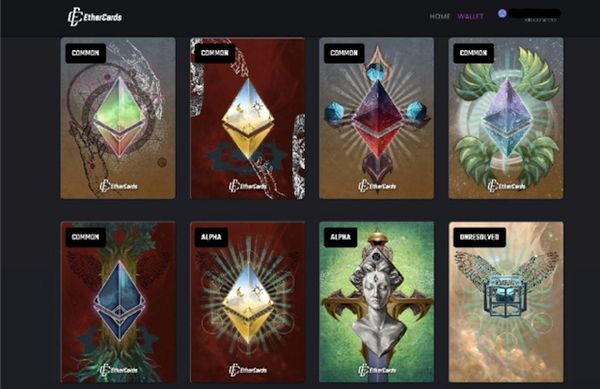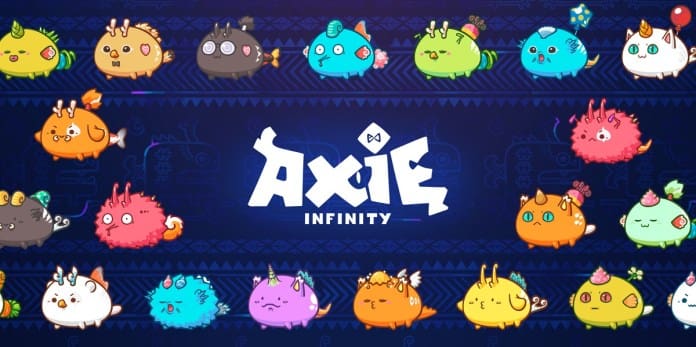10 Best NFT Sites to Explore in 2025 – Metaverseplanet.net
Non-Fungible Tokens (NFTs) have rapidly evolved into a major force in the digital art, gaming, and collectibles world. As interest grows, the number of best NFT sites also increases, making it challenging for newcomers to choose the right platform. Below, we’ve compiled the top 10 platforms worth exploring based on user experience, transaction volume, and community engagement.
1. OpenSea

Often recognized as the first and largest NFT marketplace, OpenSea supports a variety of digital assets—from art and music to collectibles and in-game items. It offers a simple user interface, making it an excellent choice for beginners. Notably, you only pay a one-time gas fee before listing your first NFT, and then buyers cover the subsequent costs.
Key Features:
Wide range of NFT categories
User-friendly interface
One-time gas fee for minting
2. Rarible

Rarible stands out for its vibrant community and fun, pop-art-inspired interface. Many artists and celebrities have minted NFTs on Rarible, making it a bustling hub for creative expression. You have the flexibility to set higher royalty fees—up to 30%—if you believe your NFTs can retain value over time.
Key Features:
Energetic, community-driven platform
High royalty percentage options
Great for marketing and visibility
3. Foundation

A curated NFT site, Foundation relies on community votes to decide which artists get featured. This peer-to-peer approach aims to put power in the hands of creators and collectors. While it may lead to a somewhat uniform aesthetic over time, the platform’s sleek, futuristic interface and high-selling NFTs make it a top choice.
Key Features:
Community-based curation
High-value sales
Minimalist, modern interface
4. SuperRare

Established in 2017, SuperRare is one of the original curated NFT marketplaces, focusing on single-edition digital artworks. Each piece on SuperRare is unique, giving collectors a feeling of exclusivity. They also provide editorial content to highlight the stories behind the art and its creators.
Key Features:
Strict curation for high-quality art
Editorial spotlight on artists
Strong sense of community and exclusivity
5. Nifty Gateway

Known for featuring top celebrities and musicians, Nifty Gateway boasts some of the highest sales figures among curated NFT platforms. Its user-friendly approach—accepting credit cards—bridges the gap between traditional finance and the crypto space. If you’re looking for a platform that has mainstream appeal, this is it.
Key Features:
Accepts credit card payments
Hosts major artists and celebrities
High visibility for drops and auctions
6. CryptoPunks

CryptoPunks is one of the earliest NFT projects on Ethereum. With only 10,000 punks ever created, these pixelated portraits are highly sought-after for their historical value. While secondary markets like OpenSea also list punks, the official CryptoPunks site by LarvaLabs organizes them in a neat, collectible format.
Key Features:
Pioneer NFT collection
Limited supply of 10,000 punks
Historical significance on the Ethereum blockchain
7. NBA Top Shot

Launched in late 2020, NBA Top Shot has quickly become a fan favorite with more than 300,000 users. It allows collectors to buy, sell, and trade NBA highlights in a digital format. Its user-friendly design and major brand backing have led to substantial transaction volumes, making it one of the best NFT sites for sports fans.
Key Features:
Officially licensed NBA moments
Large, active user base
High trading volume and strong brand
8. Ether Cards

Blending art and trading cards, Ether Cards offers “gamified” NFT experiences where each card has unique attributes. Collectors can unlock special features by holding certain cards or complete full sets for additional perks. The platform features top-quality artists, professional design, and innovative ways to engage collectors.
Key Features:
Unique gamification system
High-quality artwork and artist bios
Bonus features for set completion

A leading NFT gaming platform, Axie Infinity lets you breed, collect, and battle cute monster-like creatures known as Axies. Each Axie is an NFT with its own stats and attributes. The marketplace includes creatures, items, and virtual land plots, all integral to the game’s ecosystem and economy.
Key Features:
Play-to-earn mechanics
Engaging monster-breeding system
Active community and ongoing development

A pioneering virtual reality platform, Decentraland offers a metaverse experience where you can buy NFT land parcels and build whatever you imagine—be it art galleries, games, or marketplaces. Users can monetize their digital plots through interactive content and even advertising, making it a top spot for creative entrepreneurs.
Key Features:
User-owned virtual land
Sandbox-like creative freedom
Growing community and virtual economy
Whether you’re new to the NFT space or a seasoned collector, these best NFT sites cater to various needs—be it buying exclusive digital art, trading unique collectibles, or exploring next-generation gaming and metaverse experiences. Platforms like OpenSea and Rarible offer open marketplaces with broad categories, while Foundation and SuperRare provide a curated experience for serious art enthusiasts. For gaming and virtual worlds, Axie Infinity and Decentraland stand out as innovators in the NFT landscape.
By understanding the unique features and communities of each marketplace, you can make informed decisions and find the right home for your digital assets. As the NFT ecosystem continues to evolve, staying updated on these platforms will help you navigate this exciting new frontier in digital ownership.
You May Also Like
Follow us on TWITTER (X) and be instantly informed about the latest developments…
Copy URL


























 Kelp – $1.2B+ rsETH TVL, 300K+ restakers
Kelp – $1.2B+ rsETH TVL, 300K+ restakers











